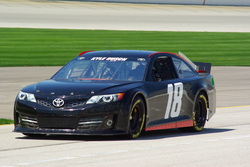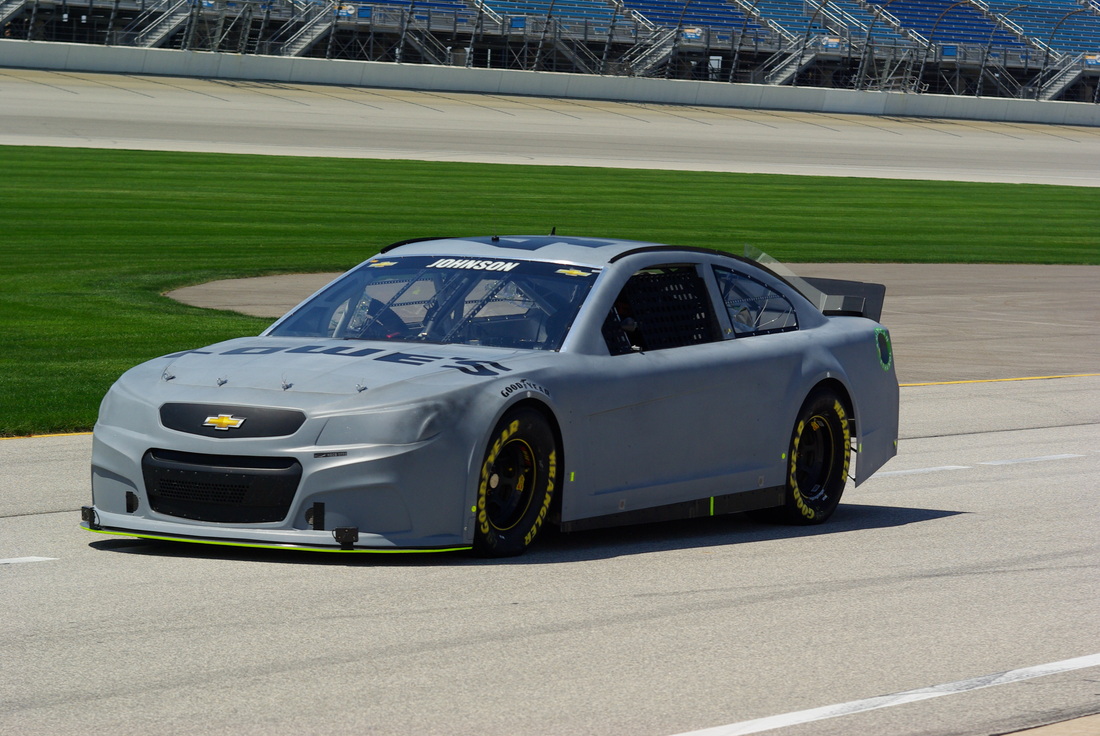 Over the past week, NASCAR Nation was bombarded with rules changes pertaining to qualifying and the new Chase format. The media has jumped on these stories and have fired up the fans. The funny part, in my opinion, was that the best and most important story was left almost untouched. Quick question: What is the core value of NASCAR racing? It should be the on-track performance of the drivers and teams. I had the honor and privilege to attend a presentation by NASCAR's Brett Bodine. Last year, NASCAR introduced the new gen 6 race car. NASCAR media praised the car for its looks and improved drivability. In truth, on the intermediate tracks (where most of the racing occurs), the racing was not very good. There were races with no green flag passes for the lead! All those passes occurred on pit road. I can't speak for everyone, but I would rather see on-track racing rather than pit road racing. On several occasions throughout the season, drivers noted that it was like hitting a brick wall when they approached the lead car. They couldn't pass, and they couldn't figure it out. Through its race monitoring mechanisms, NASCAR realized there was a problem with the intermediate track racing. In an unprecedented move, NASCAR created a team of engineers from the Tech Center and the race teams to tackle the problem. To say I understand the methodology would be a lie, other than to say it involved fluid dynamics. They learned that at three car-lengths behind the leader, the following car had a 47-usable-horsepower advantage. This allowed the following car to close on the leader. As it got within 1.6 car-lengths, there was a dramatic loss in usable horsepower of 136. This was a loss of 183 horsepower. This explains the "brick wall" analogy. It would be nearly impossible for the trailing car to pass. The next problem area they found was the instability of the car. It was explained that the drivers are not going to drive close to each other if they don't know what the car was going to do. In past years, NASCAR dictated before and after race-ride heights. These were artificial measurements, because the cars never were at those heights during the race. When the cars approached the leader and air was taken off the nose, the shocks and springs would force the nose up while the aerodynamics where trying to force the nose down. This caused a lot of instability and poor drivability. Another issue with the nose was the rounded bottom of the splitter, causing aero instability. To fix these problems, NASCAR eliminated the ride-height rule and changed the rule so the splitter is now squared off. With the removal of the ride-height requirement, the teams will be responsible for the side skirt heights. With some of the other under-car aero changes and spoiler rules, this should allow for better intermediate race track racing. Recently on Sirius NASCAR Radio, Buddy Baker related a conversation he had with Dale Earnhardt Jr. Junior stated he was able to dive under competitors, make it stick, and run side-by-side in the most recent tests. Hopefully, this will hold true for all intermediate race tracks. There will be additional changes in upcoming years that NASCAR was not able to implement because of time constraints. These changes should produce the side-by-side racing that had been lost over the last few years. I am really looking forward to this season's improved intermediate track races! Click here to see our portfolio of racing and other images.
0 Comments
Your comment will be posted after it is approved.
Leave a Reply. |
Archives
September 2023
Categories
All
|


 RSS Feed
RSS Feed